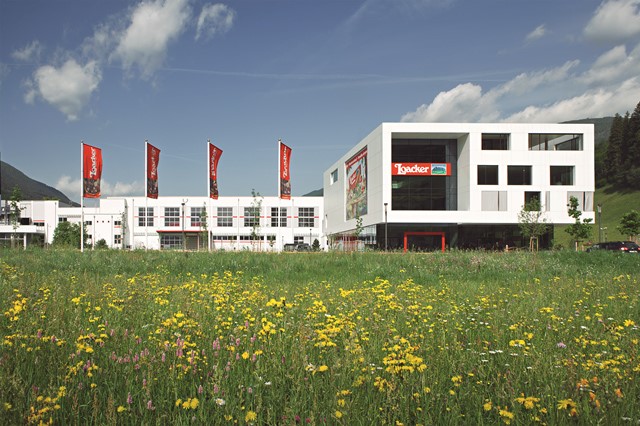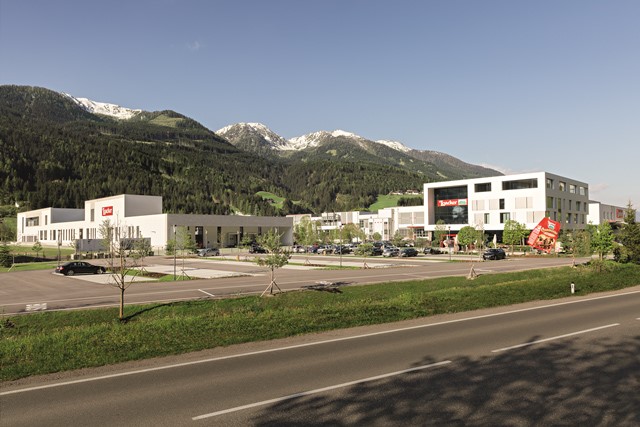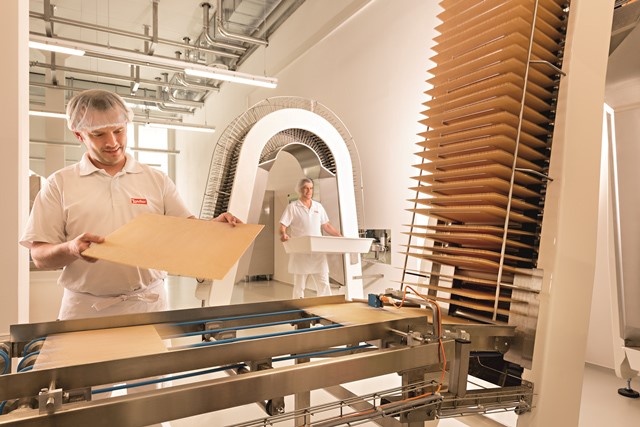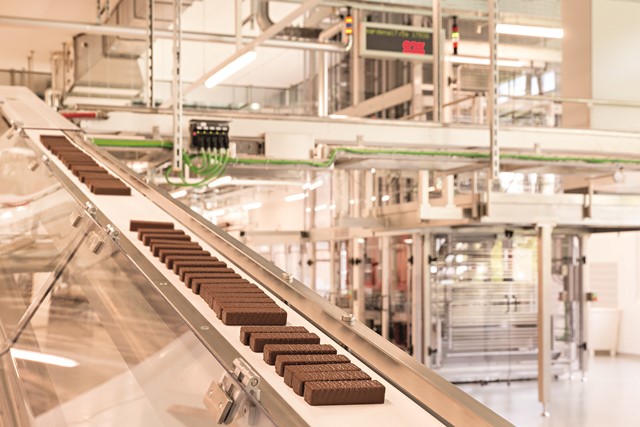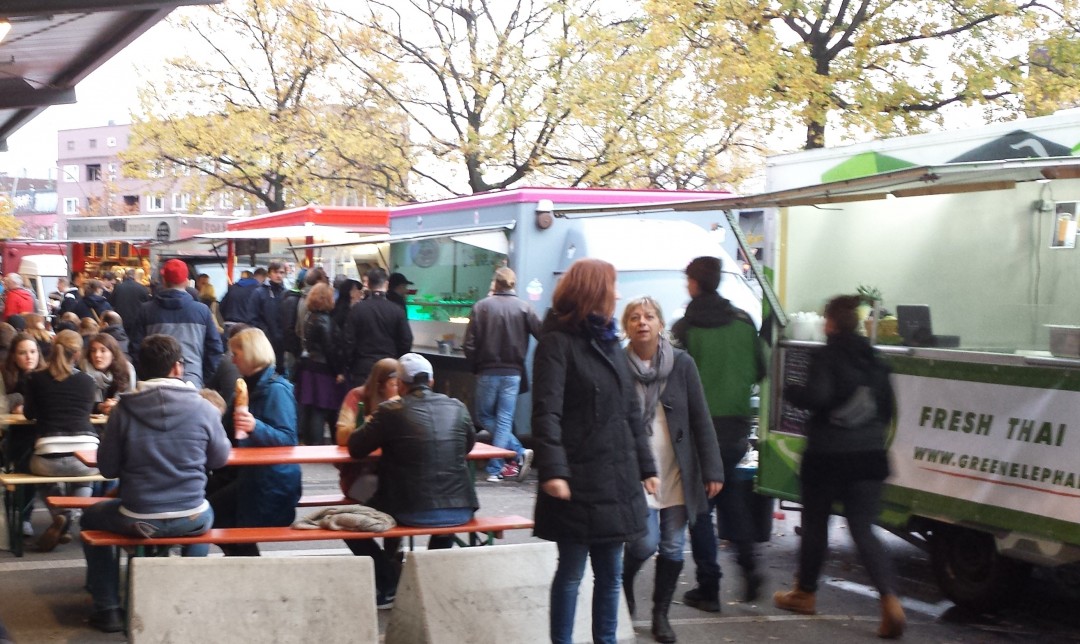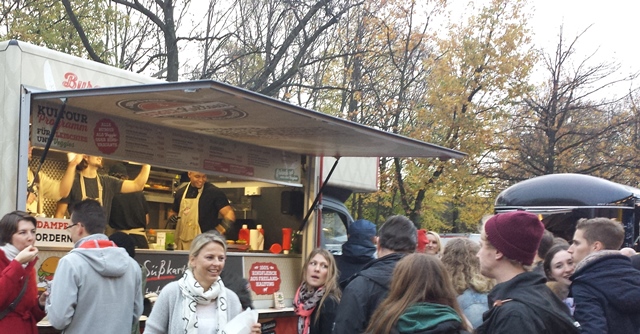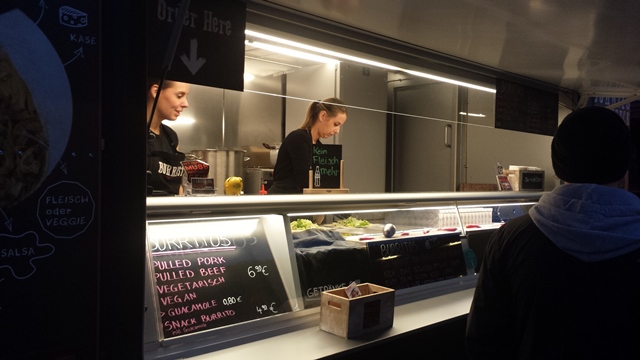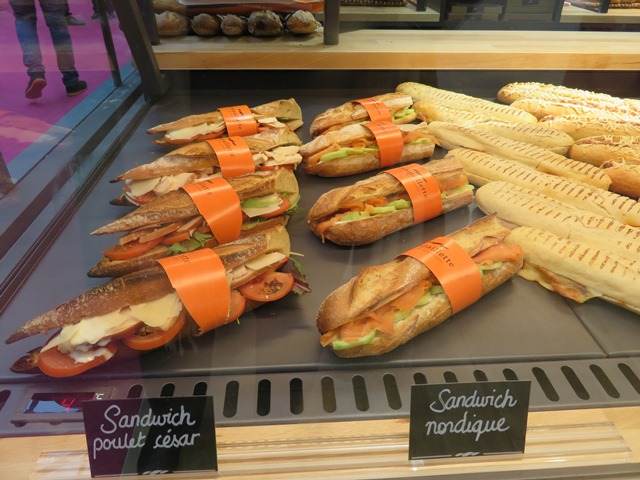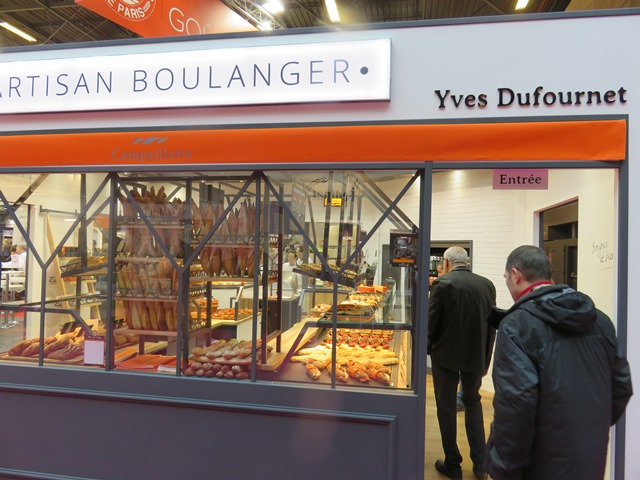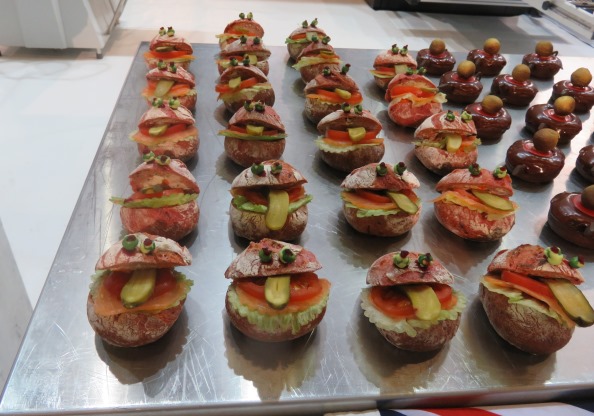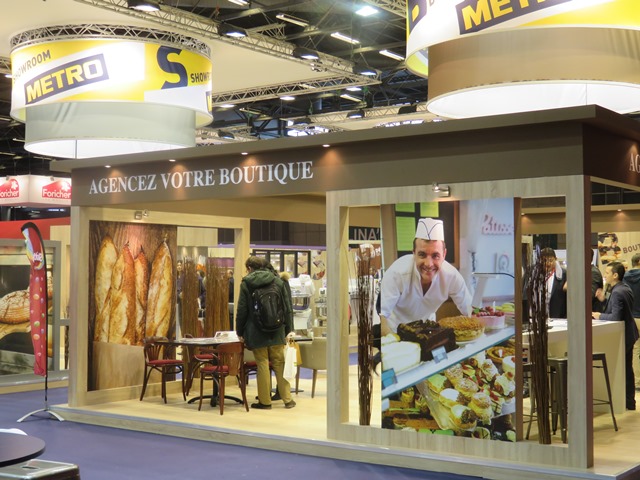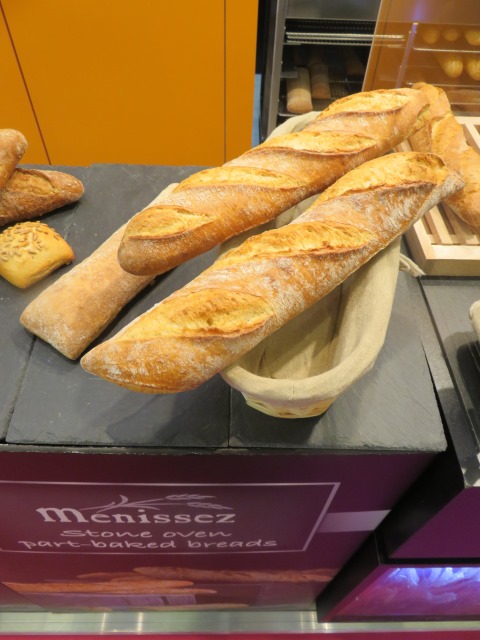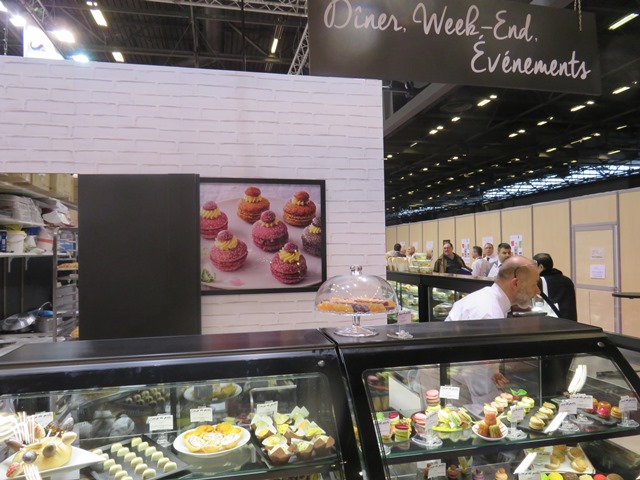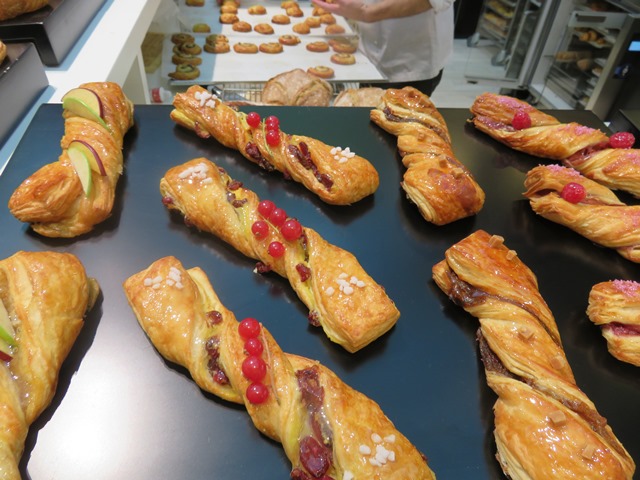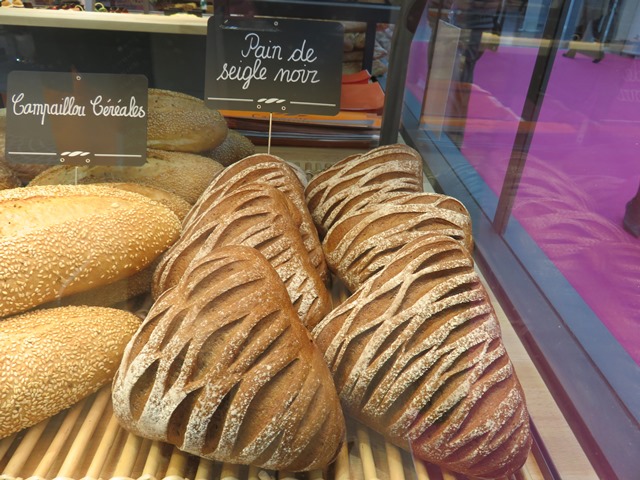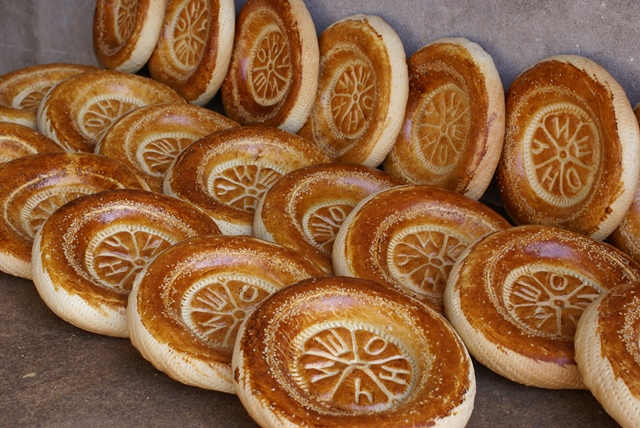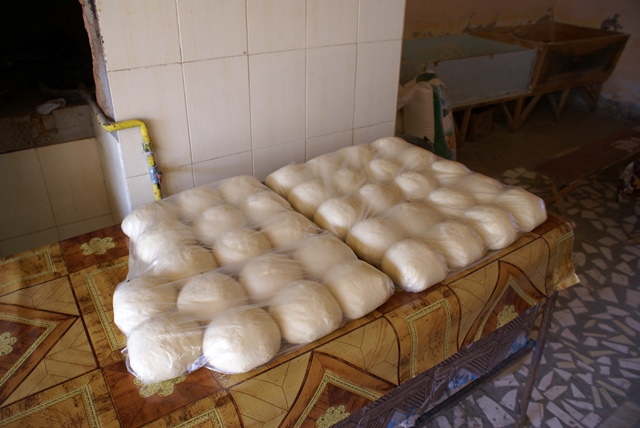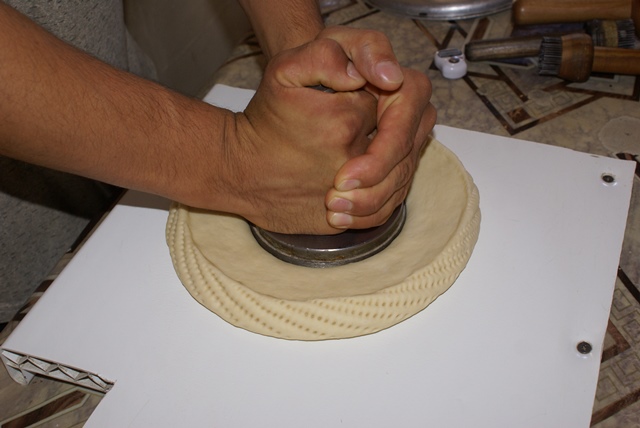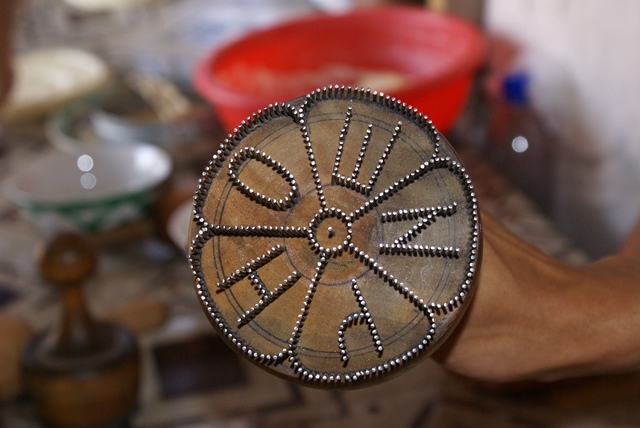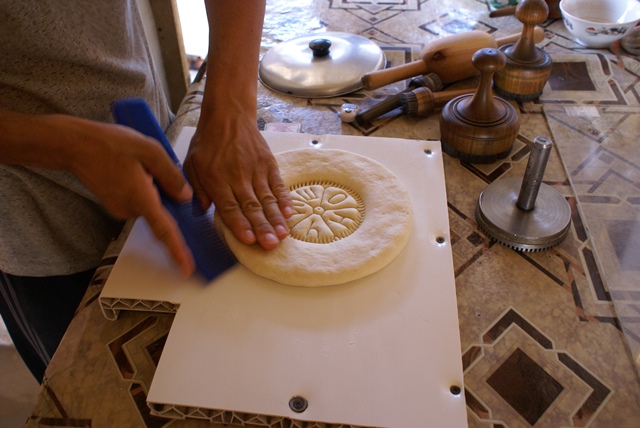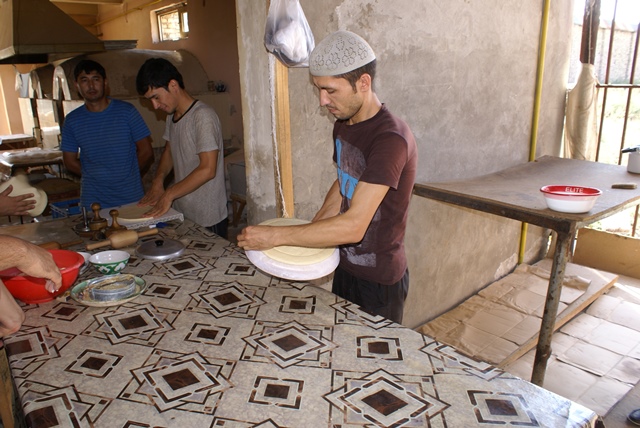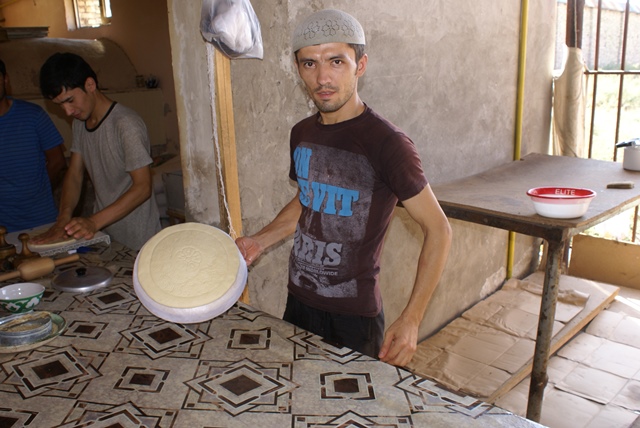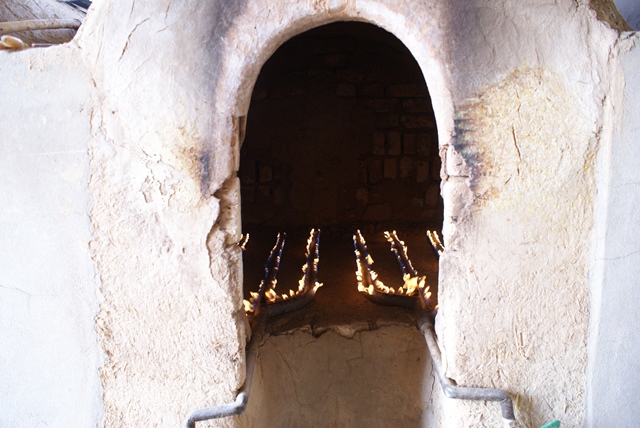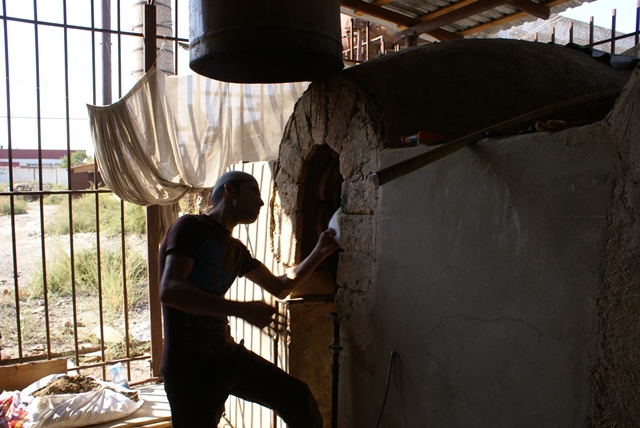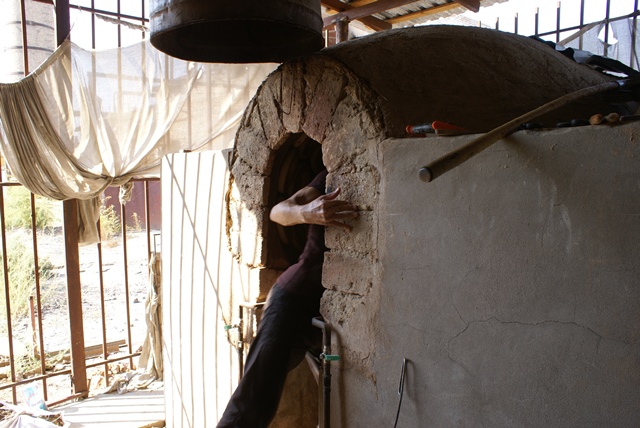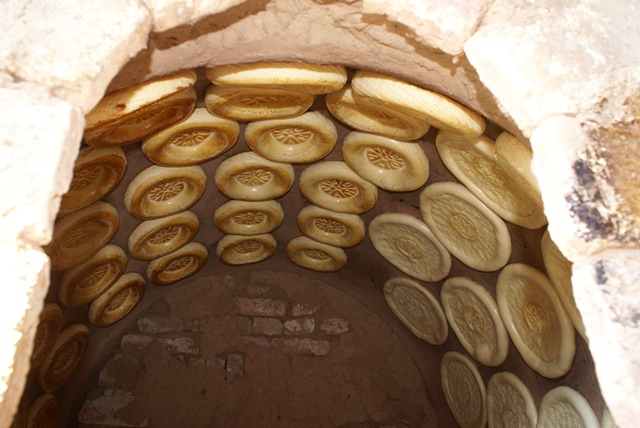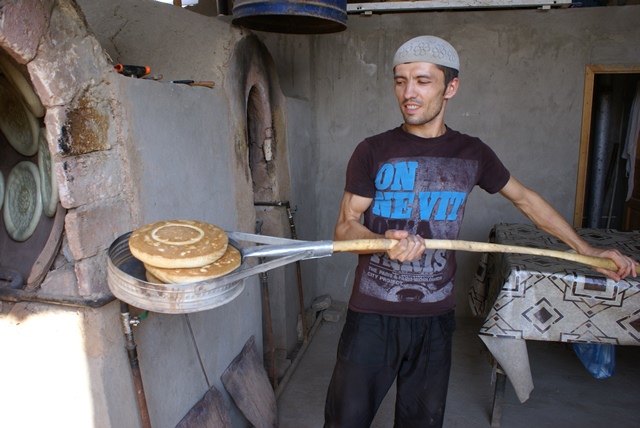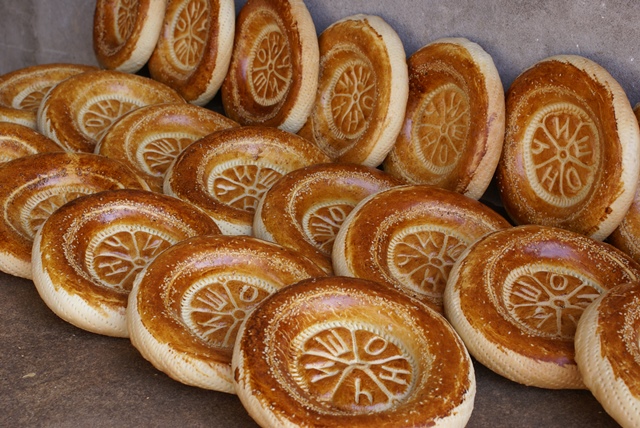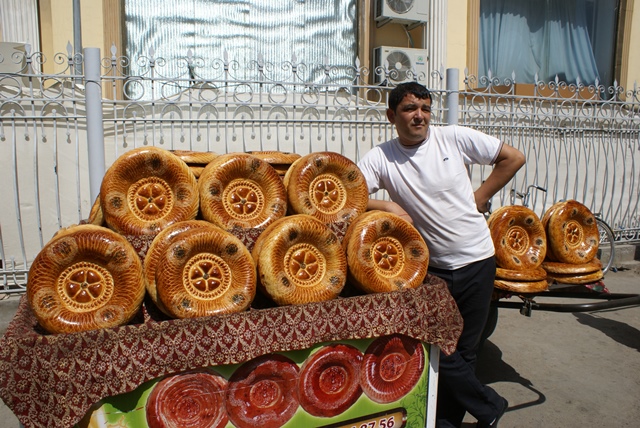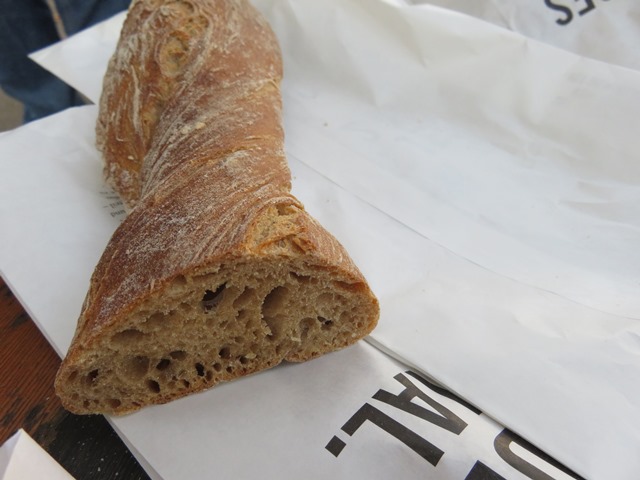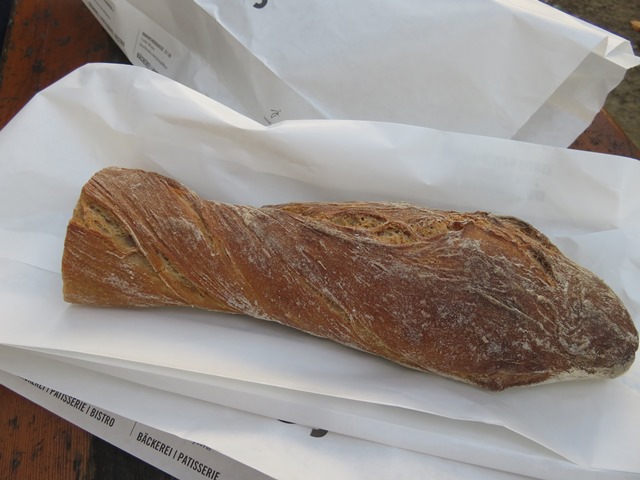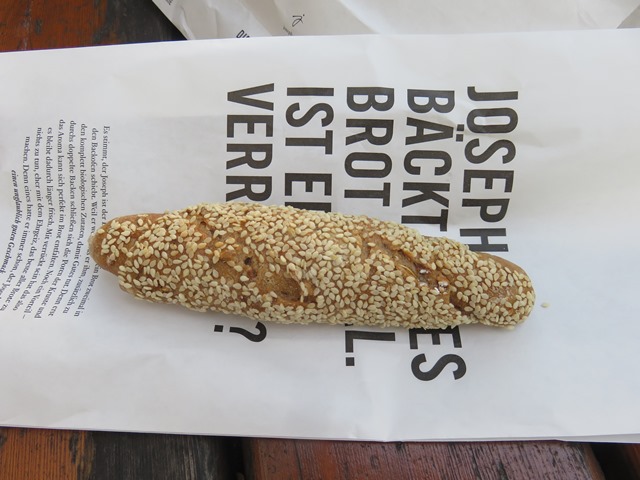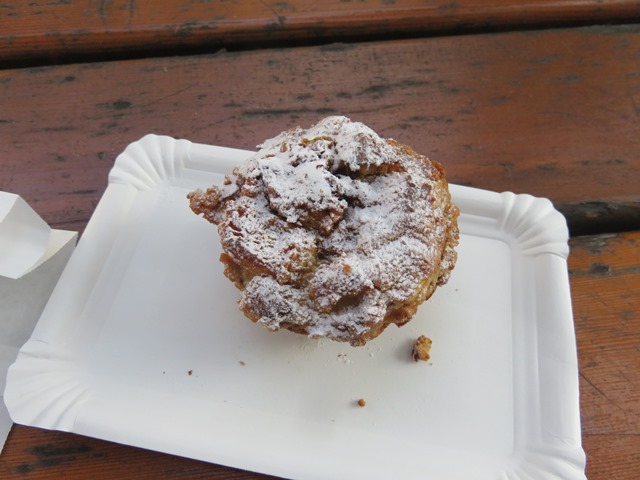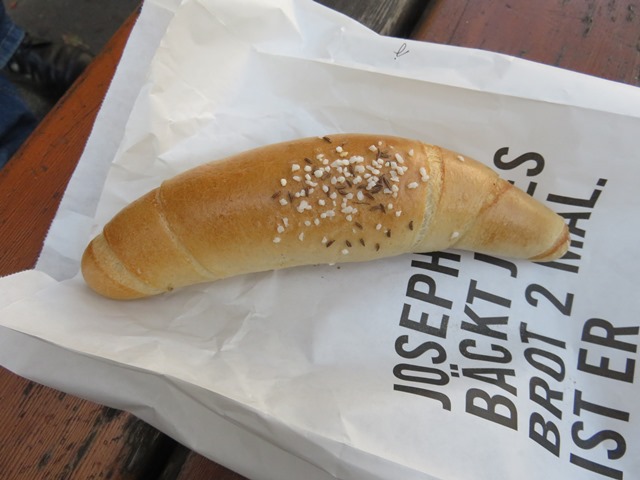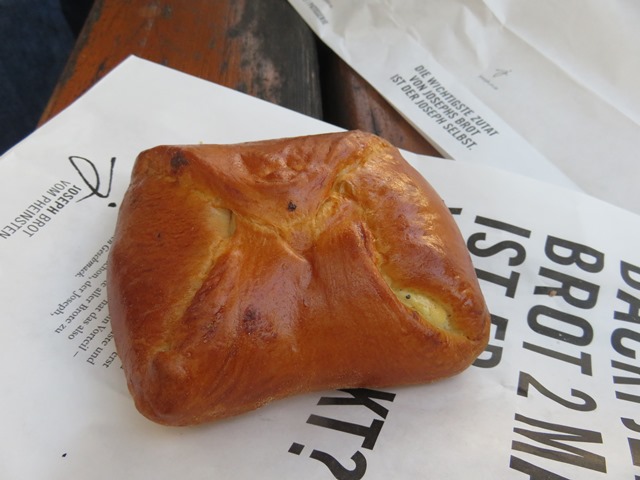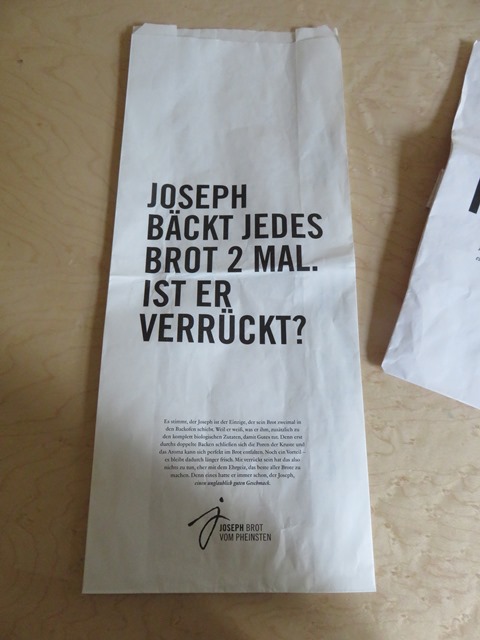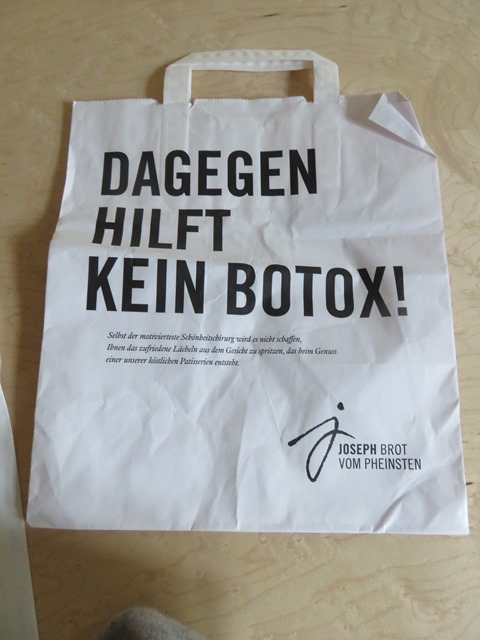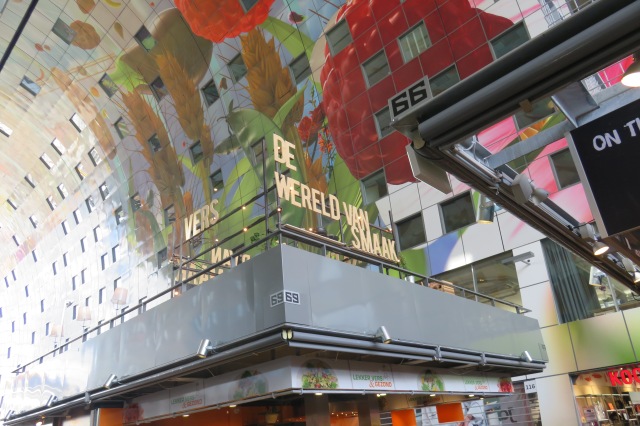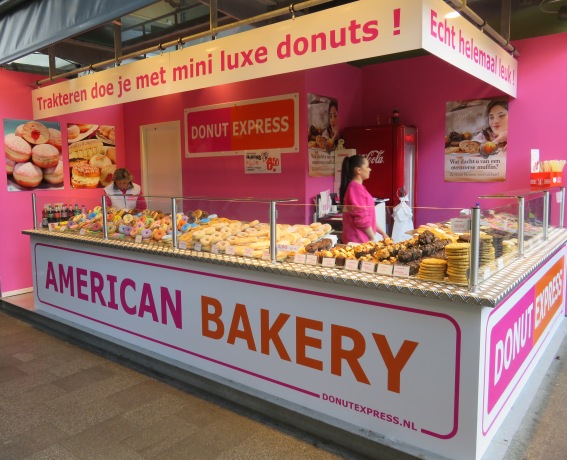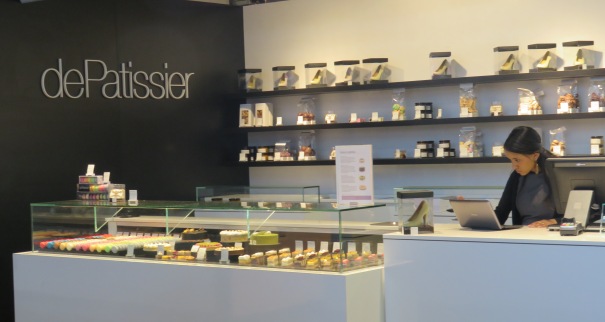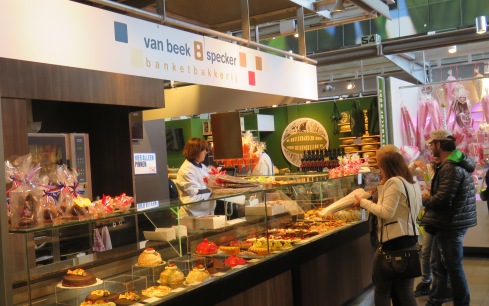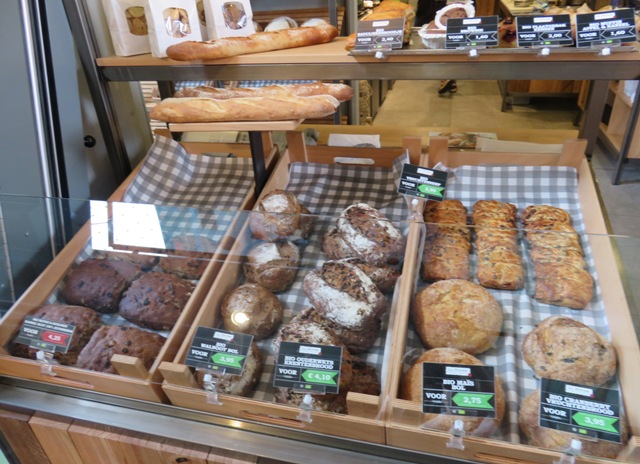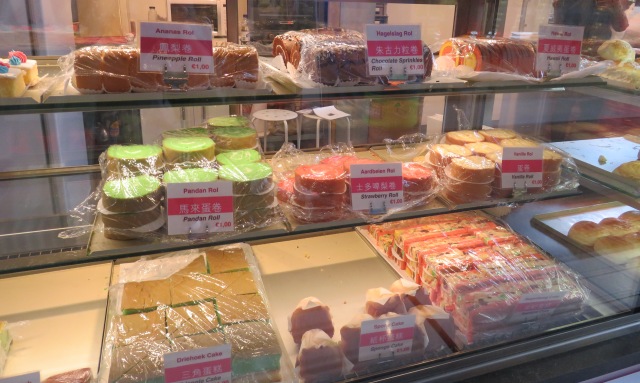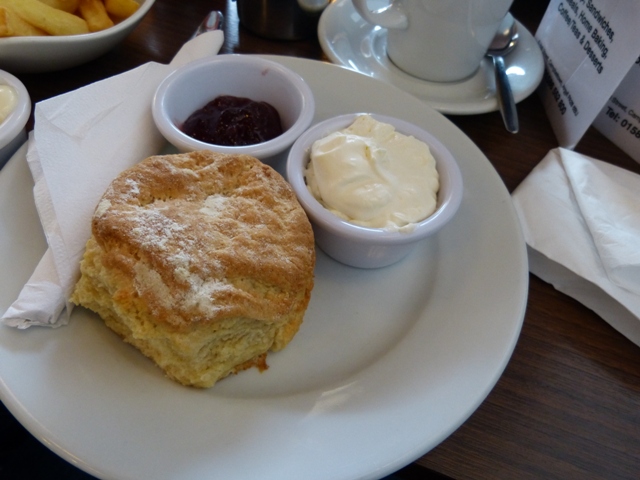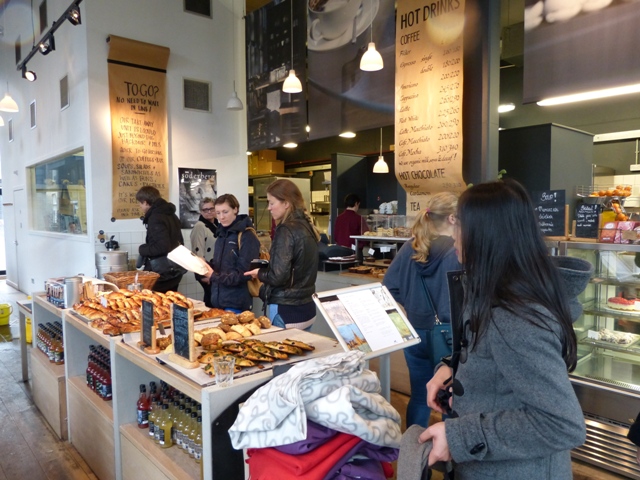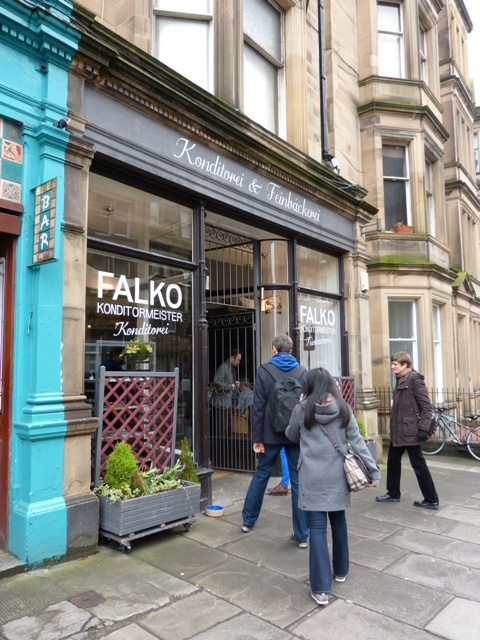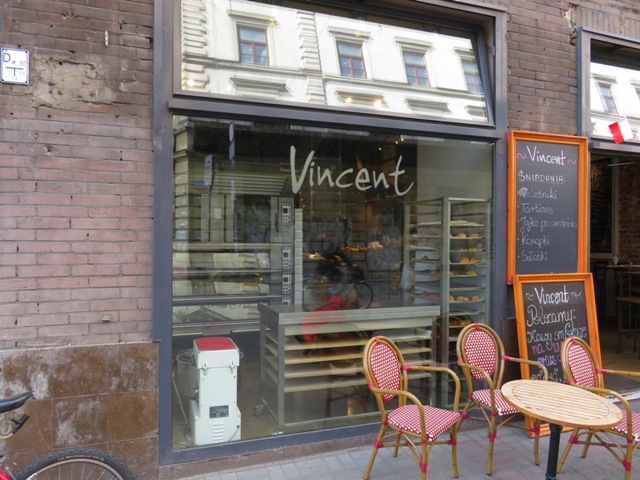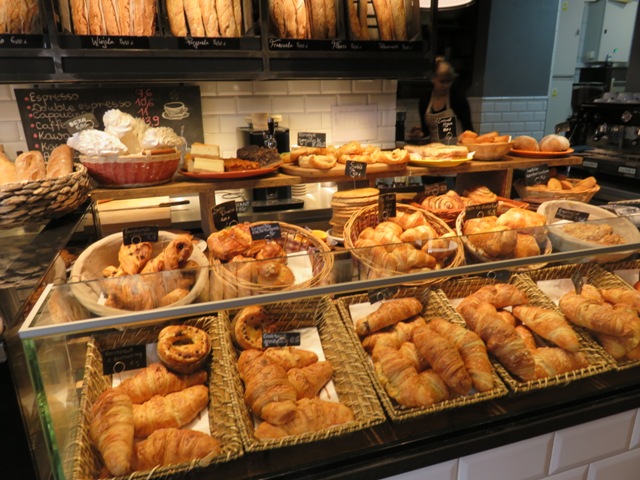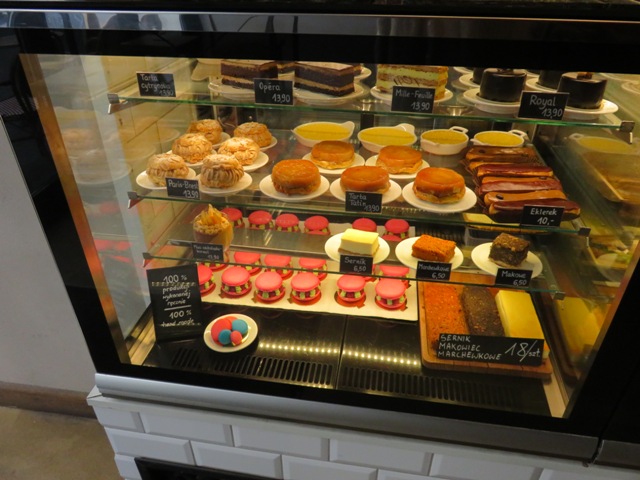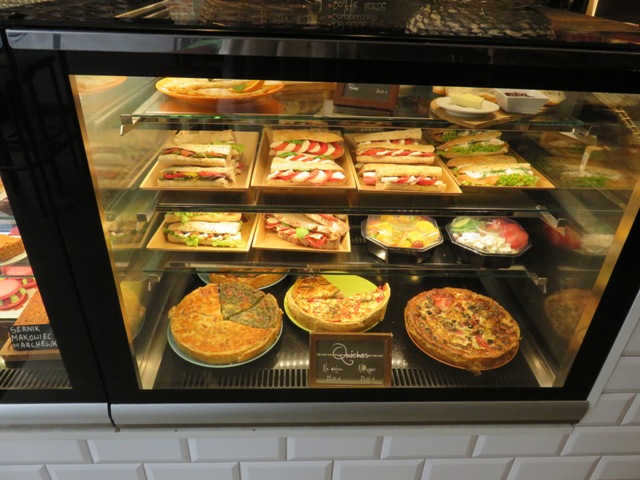On 25th of June 2016 in the presence of numerous guests of honour, the new production hall in Heinfels was officially opened. The investment volume is about 70 million Euros. This means that the family business from South Tyrol, which is also active in East Tyrol, has invested a total of more than 160 million Euros in this location.
It can safely be said that streetfood is a global trend and part of the townscape even outside of the big cities. The origins of streetfood probably lie in the cookshops of Asia, although as a general rule streetfood in the developed countries is not cheap. Food trucks are the mobile form of streetfood and are widespread, because production in front of customers needs a certain amount of equipment and raw materials. That’s why this kind of fast food has little resemblance to conventional chip and kebab stalls. The decisive factor for the small meals that are usually offered at markets or so-called streetfood festivals is the quality and freshness of the ingredients and their preparation, which reaches gourmet quality in some places. The range of foods on offer is wide.
Paris is always worth a visit, but anyone who combined a trip to the French capital with an excursion to Europain would have been well advised not to expect a bakery technology trade fair. The range of technical solutions on offer for chain store operators and industrial bakeries was concentrated at the back of Hall 4, where the hall space was considerably decreased by extensive downsizing. Most of the well over 30 companies exhibiting there had drastically reduced their stand areas, for example Mecatherm by two thirds to only 250 square meters. Scarcely any of them showed any great desire to be there again next time.
Uzbekistan is one of five former Central Asian soviet republics, and after gaining its independence in 1991 it is an economically ambitious nation whose efforts to make progress are supported by the Federal Republic of Germany. In this respect the focus is on assistance for medium-sized artisan businesses.
In the context of an assignment for the Senior Experts Service, Bonn, at a long-life baked products manufacturer in Namangan/Uzbekistan, SES Expert Hauch had an opportunity to visit a factory producing typical Uzbek breads. Namangan is situated in the northern part of the Fergana Valley, and with its present-day population of approx. 500,000 it is one of Uzbekistan’s biggest cities. In addition to growing cotton (Uzbekistan’s principal export commodity), light industry and food industry are important economic mainstays of this region.
Bread plays a special role in the Uzbek diet. It is an inexpensive food available almost everywhere in the country, and is served at nearly all mealtimes. The method of manufacture and appearance of the breads differ markedly from baked products manufactured in Central Europe. A medium-firm dough is prepared by hand from wheat flour corresponding roughly to Type 550, together with dried yeast, salt, water and a small amount of fat. After a short proofing, the dough is made up and the dough pieces round-molded.
The author:
Hans-Herbert Dörfner works on a voluntary basis, in this country and abroad, as an Expert for the Senior Experts Service in the Foundation of German Industry for International Cooperation, Bonn/Germany. You can also find out more about the SES and the author in our article in baking+biscuit international, Issue 1/2016, from Page 40 onwards.
Obkirchergasse 37 – 39 in the Austrian capital’s 19th district is home to the third location of “Joseph, Brot vom Pheinsten” (Joseph, the finest bread). Josef Weghaupt, who likes to present himself as the Enfant Terrible of the Viennese bakery sector, has again chosen one of the “better” quarters of the Danube metropolis for his performance. His first baker’s shop under the name “Joseph, Brot vom Pheinsten” in Naglergasse in the city center was followed in late 2013 by a bistro with a bakery and patisserie on Landstrasser Hauptstrasse in the 3rd district. So now we see the third shop in Obkirchergasse, although at the lower end where strolling latte macchiato mums are rather rare.
It’s hot in Romans sur Isère, a small town in south-east France, surrounded by fields of vegetables and fruit. Nevertheless, people are sitting in the roadside cafés in the late afternoon, enjoying their espresso or already drinking the first aperitif. The Le Royal bar-brasserie has a way of refreshing its guests that is also seen in many other southern countries. A system of water hoses extends over the whole terrace, with fine nozzles from which a fine water mist sprays at minute intervals. The only snag is that the guests gain very little benefit from it today, because the wind immediately blows the water onto the street and the cooling effect is lost. The intention was certainly laudable, even if not exactly ecologically correct.
Many of us know the classical cool, rather dark market halls in southern European towns. Depending on the location, they provide a gigantic or only a regional assortment of raw materials for the home kitchen, usually combined with small gastronomic offerings at the various stands. There is a modern variant of such market halls in Rotterdam (the Netherlands) called simply Markthal (Market Hall). Its “content”: a few offices and a housing complex (228 apartments) with a market hall as its core and a car park underneath.
More cereals will grow, but in return breads will turn out flatter because the cereal will contain less protein. That, in a nutshell, is the view of Melbourne University scientists and researchers at the Australian Grains Free Air CO2 Enrichment Facility in the Australian federal state of Victoria regarding the effects of climate change on bread. They expect the protein content of breads to decrease by between 2 and 14 % by 2050 if CO2 pollution develops as has been assumed up to now. This could cause the gluten networks in the dough to be less stable, ultimately resulting in breads becoming flat. Nonetheless the Australian researchers were also able to extract one positive result from the change in the climate. The Australian scientists predict that as the level of CO2 pollution increases, average yields will rise by up to 25 %. They now plan to start by breeding new varieties of wheat that are possibly less susceptible to a reduction in protein content.
Scotland is noted for its efforts to gain independence, its castles, the Highlands, sheep, wonderful landscapes and of course whisky. Everything at mealtimes revolves around haggis. This savory dish made of meat, oat flakes, salt and spices was formerly regarded as the food of the poor. Visually, haggis is reminiscent of black pudding, and classically it is eaten with turnips (neeps) and potatoes (tatties).
Nowadays this dish can be found on menus in numerous variations where fantasy has no limits: haggis with salad, with nachos, in pastry turnovers, in lasagna, as a filling in breast of chicken or on toast. However, since offal is not to everyone’s taste, visitors nowadays will also find vegetarian haggis in Edinburgh’s numerous restaurants.
Scotland’s capital itself is bustling with life. The city with its population of around 450,000 attracts crowds of tourists. It also has three internationally famous universities, Edinburgh Napier University, Heriot-Watt University with the Edinburgh Business School, and the University of Edinburgh. The economy is flourishing, and only 3.4% of the population is unemployed. Incidentally, the unemployment rate in Scotland as a whole is 5.9%.
This dynamism is also noticeable in the numerous catering businesses. Of course there are still the classical pubs with Scottish beer, fish & chips and homemade soups – but an exciting mix of organic, regional, international, traditional and adventurous has established itself in Edinburgh. There are many interesting concepts in Bruntsfield Place. Anyone who wants to see a tattooed artistic coffee barista offering a wide variety of specialist coffees and toast with avocado should visit Artisan Roast (http://www.artisanroast.co.uk/). Dark organic chocolate with bergamot is served for GBP 3.75 at Coco Chocolatier right next door (http://www.cocochocolate.co.uk/).
A hotel breakfast is rarely enjoyable, and certainly not if you look at the price/performance ratio. Therefore I have got into the habit of walking a few steps to try my luck in a bakery. That’s not at all easy in Warsaw since most bakeries simply don’t offer breakfast at all, nor have they yet discovered any other offer of catering and out-of-house consumption as an income source. You will have more of a chance in traditional confectioners like „Blikle“ on Nowy Świat Street or in the numerous bistros like the Vincent, which operates branches in both the Ulica Chmielna and Nowy Świat Street. The product range has a strong French influence, and a Bongard oven on the spot promises at least freshness – which actually materialized in my case. Otherwise Warsaw is also overflowing with the franchise brands that are found everywhere, such as Costa Coffee, Starbucks, Illy, Café Nero, Mc.D., Hard-Rock-Café, Vapiano etc., on the lines of the Buxtehude hedgehog’s motto: „I’m already there“.
